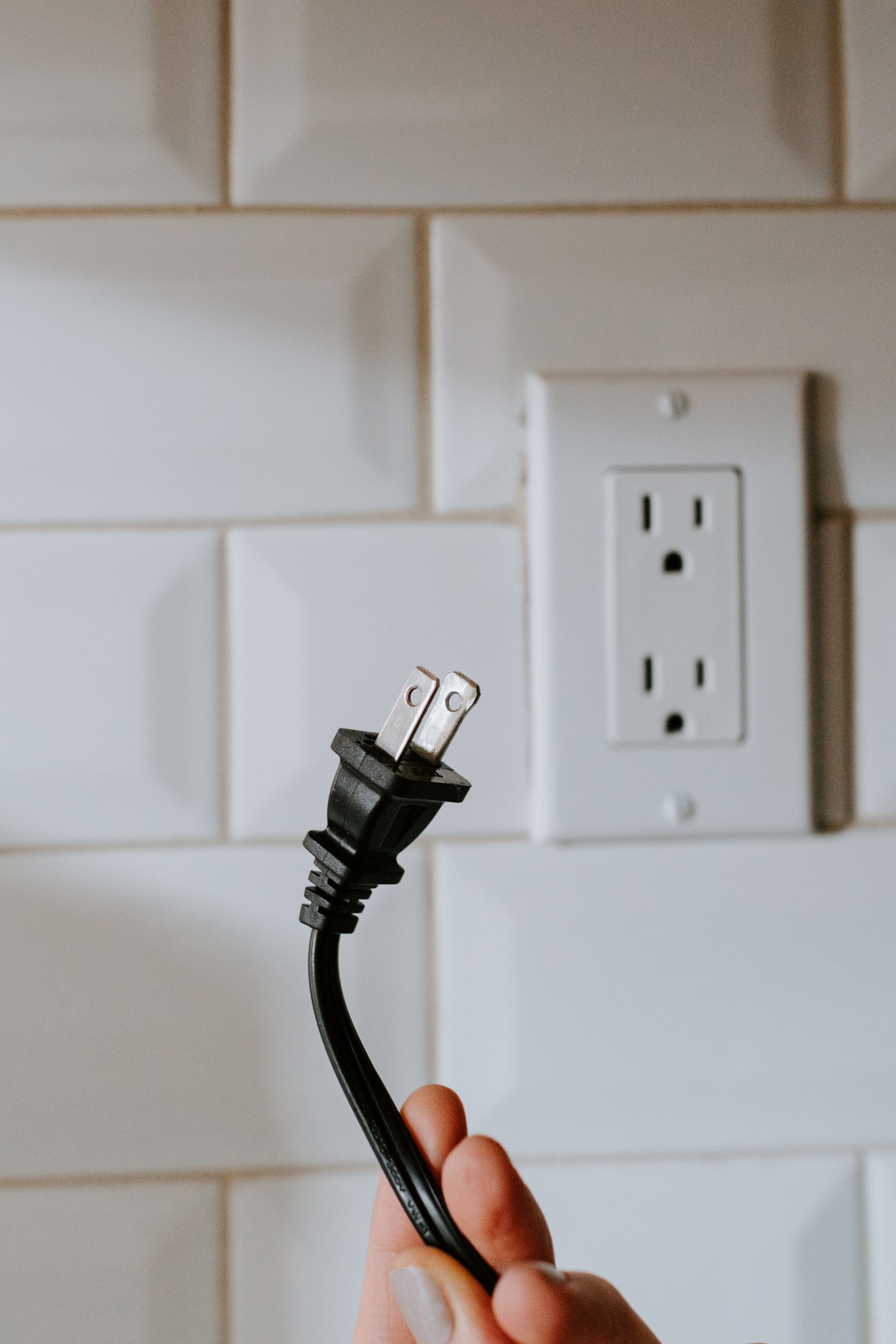
Driving Behavior Change with Urban-Dwelling Energy Consumers
How might Exelon communicate to customers in urban areas when the energy grid is overwhelmed?
Access to power, or lack thereof, has a profound impact on our day to day lives. Power disruption impacts how we work, play and care for our families. As demand for power increases, especially in urban areas, utility providers like Exelon must find ways to engage customers in the process of mitigating power outages.
Team: Alexandria Blue, Jessi Daniels, Olaniyi Jinadu, Hannah Mitchem, Amber Washington, Kyron Whitfield
2nd Place (of 30+ teams) in 2020 Kellogg Design Challenge with Exelon, work featured on Inside Kellogg
RESEARCH
PRIMARY RESEARCH
12 customers interviews and comprehensive customer survey with 100+ respondents. To guide our research, we crafted a set of research objectives to maintain an empathetic focus on the motivations, beliefs and behaviors of consumers.
SYNTHESIS
To glean insights from our primary research, the team documented findings in empathy maps then conducted synthesis to find consumer values, activities and pain points with strong evidence and design energy.
CORE RESEARCH INSIGHTS
Insight 1
People view themselves purely as the "receiver" in a transactional relationship with utility companies, leading to apathy toward company outreach and consumers’ own role in generating energy demand.
“[I think about my energy provider] only from a financial standpoint - how much money is coming out of my pocket. I don’t have any feelings [about my energy provider]. I don’t think about it.”
- Working Landlord
Insight 2
Because consumers view their relationship with energy providers as transactional, communication is expected to be relevant, timely and actionable with a clear message as to the purpose of communication.
“If they want us to do something else, they should just tell us. They could push out notifications to your phone. The city uses that a lot, why can't my utility.”
- Retiree Homeowner
Insight 3
People don’t understand the connection between their actions and impacts on the environment or their bill, which leads to reactive engagement and decision-making with varying levels of satisfaction.
“I want a Fitbit for energy consumption that shows how my actions contribute to my energy usage. You don’t really know if it’s going to cause an outage for the other tenants if you run the blow dryer and have the air units on.”
- Working Rental Tenant
CONSUMER PERSONAS
Through our research, five personas with distinct behaviors, attitudes, needs and motivations emerged. Transactional Traci and Disinterested Dan, rose to the forefront in terms of prevalence and high likelihood of engaging in a potential solution.
Detailed view of persona in development
Summarized view of persona for storytelling with client
NARROWING THE SCOPE
To focus our ideation, we developed a set of more narrow ‘How Might We’ statements based on our insights to guide our brainstorming.
How Might We statement generation and final selection
FINAL CONCEPT
The Always On Ecosystem: three-pronged solution: education through personalized guidance on energy optimization, empowerment through tools & information to simplify behavior change, and a reward system to entice engagement
Always On value proposition
CONCEPT COMPONENTS
EDUCATE
Personalized & actionable guidance to help customers optimize their energy usage
Real-time information about customer’s energy usage to date, us age in comparison to their community, and their regional grid status
Actionable advice to optimize energy usage, personalized based on account and customer data, that clearly explains the environmental and financial outcomes
Energy saving goals created for customers based on consumption data and personal preferences. Progress is tracked against goals and displayed in real time
Ideation sketches focused on information sharing
Illustrative mock up of education features
EMPOWER
Tools and information to simplify behavior change - both long-term and immediate
Contextualized updates on energy usage to date and progress toward goals , helping to avoid the “ shock” of an unexpectedly high bill
Automate smart energy usage to relieve customers of the burden of action with the option to opt-in for auto-adjustments during peak demand
Customers receive notification of possible, unexpected service disruption and a checklist of personalized actions to decrease demand, while anticipated disruptions are communicated in advance via social media and radio and newspaper partnerships
Ideation sketches focused on behavior change
Illustrative mock up of empowerment features
ENTICE
Incentivize & reward users for engagement and energy-saving behaviors
Users earn points for adopting new energy consumption habits or completing requested tasks, engaging with their account or completing goals
Points can be redeemed as a rebate/credit on next bill or a reward from the vault, a collection of smart devices
Rebate system integrates with popular personal finance apps to offer seamless transfer of bill credits
Real-time feedback shows the user the exact behaviors that are creating real impact on their points
Ideation sketches focused on reward system
Illustrative mock up of entice features
All mock ups by Kyron Whitfield















